Hello! Can you tell us about yourself? I’m an interior designer running my interior design…
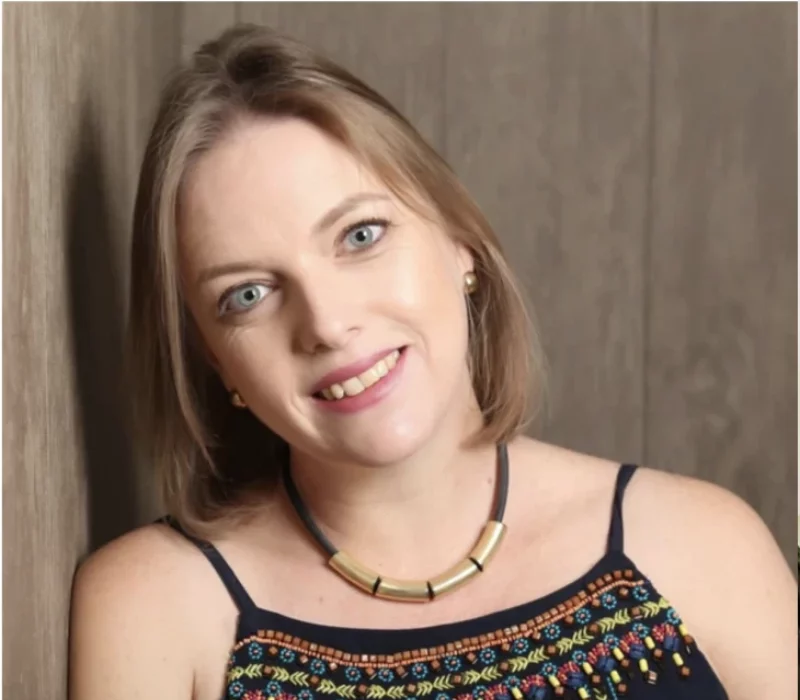
Interview with Nicola – Owner of Nicola Holden Designs
Hello! Can you tell us about yourself?
I’m Nicola, owner of Nicola Holden Designs, a London-based interior design studio specialising in interior design for wellness. I use a combination of biophilic design (basically bringing nature into our spaces), colour psychology and the aesthetics of joy to design spaces that positively influence my clients psychologically and physically, and therefore have an effect on their overall health, happiness and well-being.
I work mainly in residential design, creating beautiful and healthy homes for my clients, but also in commercial design designing office spaces, coffee shops, etc.
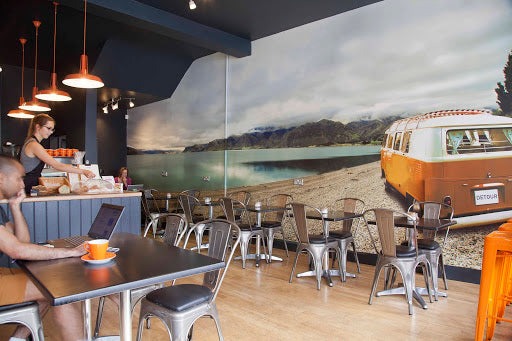
© Fiona Walker-Arnott
What’s your backstory and what attracted you to design?
I was born and brought up in Zimbabwe, and moved to the UK for university. I started my working life as an engineer installing production lines to make engine components at Ford Motor Company. But the more that my salary enabled me to travel, and the more I discovered about design and architecture around the world, the more I fell in love with it all, and I started to realise that I needed to pursue a more creative career. Engineering paid the bills, but it was far from my passion! Eventually I made the decision to just go for it, left my job at Ford, retrained, and Nicola Holden Designs was born! I haven’t looked back since!
With hindsight I think that I have always been a creative person. I would often rearrange my bedroom as a child, and I loved creating art. I’m no good at drawing still life though, and at school was steered away from art and towards the sciences. My school in Zimbabwe had quite an old-fashioned view on education, and what were considered suitable subjects for a young lady to study!
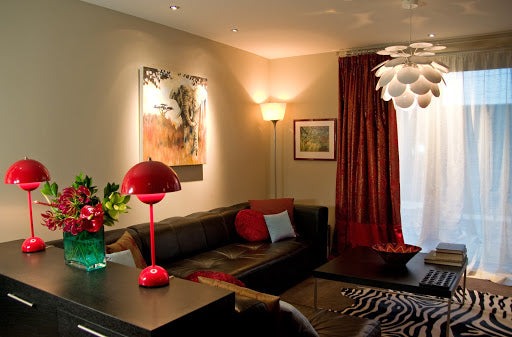
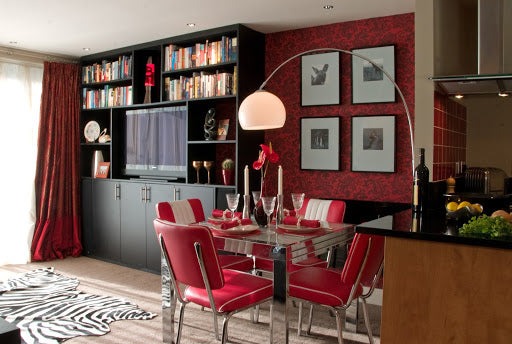
My first project
What do you love most about designing?
I love the creativity involved in turning my clients’ dreams into reality, from looking at the best use of space, to choosing colours, textures and patterns, furniture and fittings, and then looking at how to complete the mood and feel of a scheme through lighting. I also love seeing my clients’ reactions through the various stages of the project, but especially once everything is finished and they see their new space completed for the first time.
Who, for you, has been the most influential designer/designers?
Karen Haller has been a huge influence in my discovery of the power of colour to affect how a space FEELS, and what behaviours different colours elicit. She has recently written a book on this called The Little Book of Colour – https://thelittlebookofcolour.com/ which I can highly recommend!
I’m also a huge fan of Iris Apfel, and her bold mixing of colour, texture and pattern. I love her design ethos of “More is more and less is a bore”.
In terms of current interior designers I am a big fan of Sophie Ashby and Suzy Hoodless, and an avid follower of the Australian design blog The Design Files – https://thedesignfiles.net/. There is some very refreshing design emerging from Australian designers.
Where/how do you find inspiration for new designs?
Travel is a major source of inspiration for me. It all started in Barcelona and Italy, but it was discovering India and the Far East, that made the biggest impact on me. The way that colour, texture and pattern are boldly layered one on top of the other, and yet it works as a whole. Nature is also a great source of inspiration for different textures as well as colour combinations.
You know when a design is coming together because it just feels right. There is a flow of colour and shape, and there is nothing fighting for attention.
If I’m facing designer’s block I go for a walk on my local Common, visit an art show or gallery, or even spend some time on Instagram or Pinterest. I try not to wrestle with inspiration, and if something isn’t coming together organically then I take a break and the solution will often come to me when I’m least expecting it, often in the shower.
Describe your approach to functionality v aesthetics.
I think Frank Lloyd Wright summed this up perfectly when he said, “Form follows function – that has been misunderstood. Form and function should be one, joined in a spiritual union.”
If a piece of furniture looks great, but if the drawers don’t work easily, it will eventually become a source of irritation.
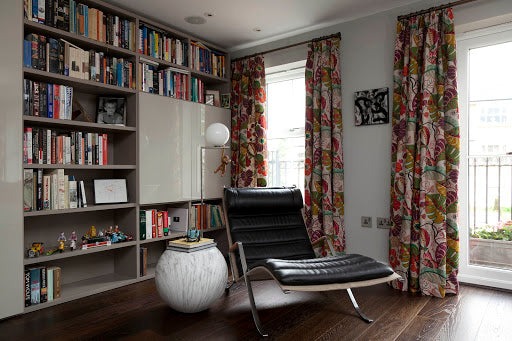
© Fiona Walker-Arnott
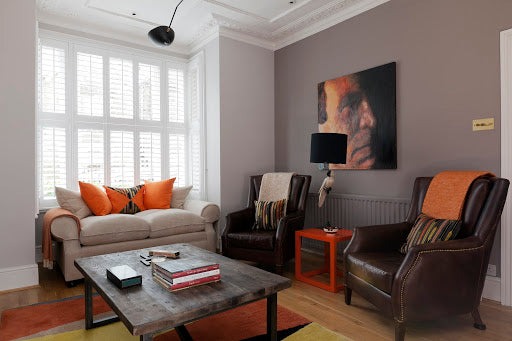
© Fiona Walker-Arnott
Describe your approach to choosing/using colours.
When approaching colour options for a client, my first question is always ‘how do you want your space to feel?’. Do you want your living room to be a space where social conversations are held, or is it somewhere to unwind and watch TV? In your home office, do you need somewhere that helps you to think creatively, or a space that nurtures focus and concentration? And if it’s a space for children, should it calm them, or encourage play?
A good example of this is with my own home. A little while ago the doorbell rang. It was a delivery driver asking if I’d accept delivery of a parcel on behalf of my neighbour. Before she left, she turned to me and said “Your house has such a happy feeling to it”, which is exactly the feeling that I wanted to nurture!
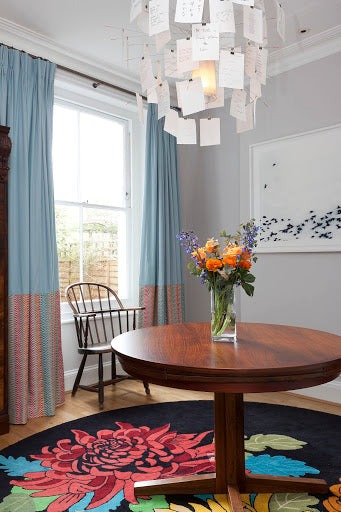
© Fiona Walker-Arnott
How are green awareness and the increasing popularity of eco-friendly products affecting the design process(now, and in the future)?
Sustainability in design is really starting to gather force now, thanks to the likes of David Attenborough and Greta Thunberg. I think the evidence that climate change is happening is all around us, from the devastating forest fires in Australia, to hurricanes in the Caribbean, and floods in the UK. And as designers and influencers, it is our responsibility to be at the forefront of this movement.
What do you like to hear people say when they view your work?
I think every designer is hoping for a ‘Wow’ from their clients when they see the finished result. But for me it is more than that. I love talking to my clients once they have been living in their new space for a little while – hearing how the design has changed the way that they live their lives, and how it has enhanced their lifestyle. This is when I know that my design has been successful.
With Commercial projects, the success of the project is easier to quantify with data. With the cafe project, I was delighted to have this feedback from my client – “The response from our customers has been incredible. We had more new customers in the first few days than we had had in the first four months of the year and our loyal customer base have reacted so positively to the change. Revenue has been up 50% on prior average.”
What is your all-time favourite design (yours)?
I guess I would have to say my own home here, as that is the most personal to me, and I have been able to allow my imagination to take me to places that sometimes a client is not confident enough to try. This project is a real labour of love, as client work comes first, and so is taking forever, but I am getting very close to having it finished now. Sadly I don’t have any photos to show you just yet.
Advice for readers who want to redesign their homes/workplaces?
Redesigning your home / workplace is a big financial commitment, and so it’s important to get it right. My advice would always be to think about what mood you want for the space. This will set you on the right course to get the desired outcome. Don’t forget to add elements of nature (biophilic design) into your scheme, as this has proven health benefits (https://www.nicolaholdendesigns.co.uk/blog/2020/02/what-does-biophilic-design-have-to-do-with-wellness/). And don’t be afraid of using colour (avoid the trap of chromophobia – https://www.nicolaholdendesigns.co.uk/blog/2019/08/do-you-suffer-from-chromophobia/)!
Secondly, plan as much as you can up front. Start with thinking about the activities that you will be doing in each space, work out what furniture and fittings you need in order to do these activities, and then develop the layout for each room, thinking about how you will move through the space and what your views into and out of the room will be. Once you have your layout you can then work out where you need your lighting, sockets, etc.
But you need to know the location of your lighting, sockets and plumbing BEFORE your builders start on site, as it is always much easier to change the location of a socket on a plan then it is to change it once you have a finished and beautiful home.
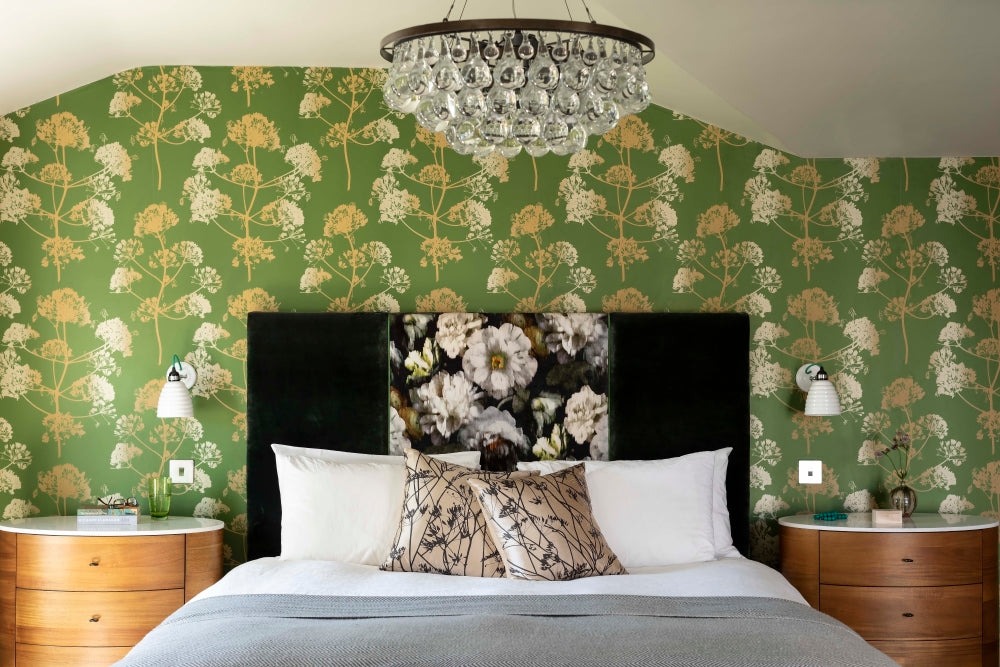
What interesting projects are you working on right now? And what does the future look like?
So far 2020 has a great feeling to me. I am currently working on a few exciting projects, one of which is extending a cafe that has proved very successful since I first designed it about 5 years ago.
I also have a few exciting residential projects on the go, as well as finishing refurbishing my own home which I hope will be a great source of inspiration for future clients!
Where can we go to learn more?
- Website – https://www.nicolaholdendesigns.co.uk – there is lots of great advice on my blog to help you achieve a space that has a positive effect on your health, happiness and well-being.
- Instagram – https://www.instagram.com/nicolaholdendesigns/
- Pinterest – https://www.pinterest.co.uk/nicolahdesigns/
- Facebook – https://www.facebook.com/nicolaholdendesigns/


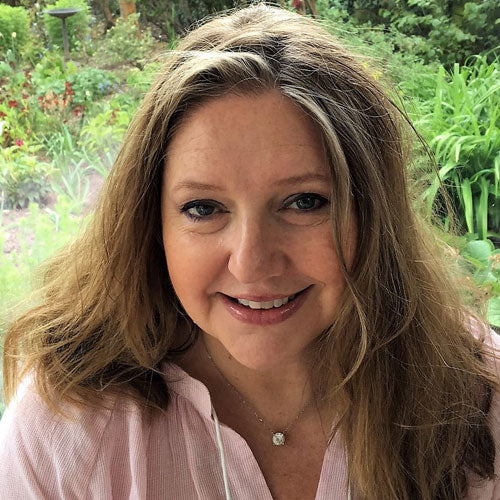
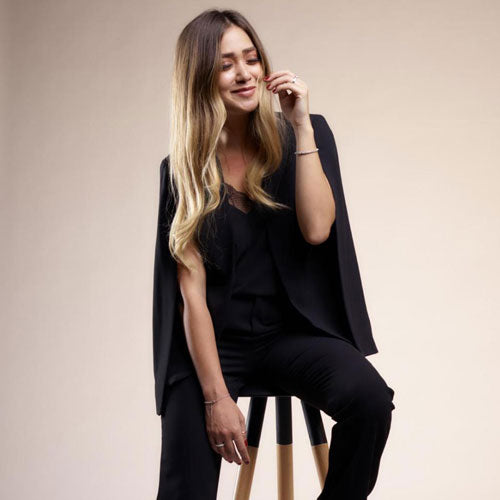

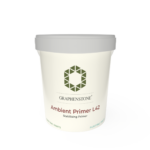

This Post Has 0 Comments